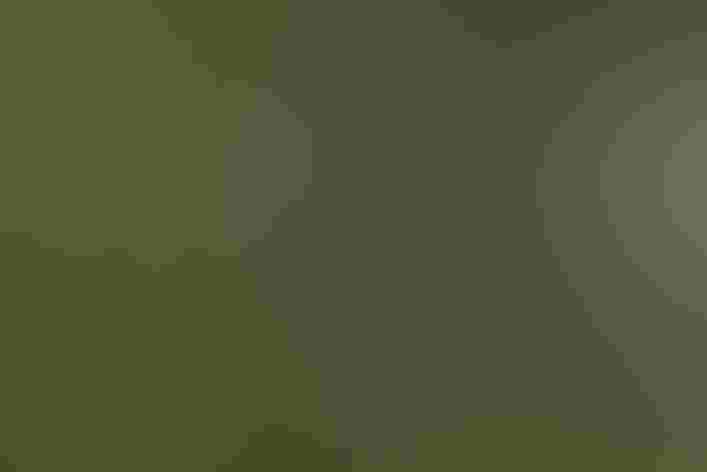Greater Pewee
At a Glance
In mountain forests of Arizona (and locally in western New Mexico), this chunky flycatcher is fairly common in summer. It is often seen perched on a dead twig high in a pine, watching for flying insects. In color and markings, the Greater Pewee is as plain as a bird can be; but it has a beautifully clear, whistled song, ho-say, ma-re-ah, giving rise to its Mexican nickname of 'Jose Maria.'
All bird guide text and rangemaps adapted from Lives of North American Birds by Kenn Kaufman© 1996, used by permission of Houghton Mifflin Harcourt Publishing Company. All rights reserved.
Category
Perching Birds, Tyrant Flycatchers
Conservation
Low Concern
Habitat
Arroyos and Canyons, Forests and Woodlands
Region
California, Southwest
Population
2.000.000
Range & Identification
Migration & Range Maps
Probably only a short-distance migrant; present all year in most of Mexican range. One or two individuals often remain through winter in Arizona and sometimes in southern California.
Description
7-7 3/4" (18-20 cm). Rather uniform plain gray with short crest, noticeable orange lower mandible. Looks darker, more crested, brighter-billed, and bigger than Western Wood-Pewee.
Size
About the size of a Crow, About the size of a Robin
Color
Gray, Tan, Yellow
Wing Shape
Pointed
Tail Shape
Notched, Square-tipped
Songs and Calls
Song is a plaintive Jo-se-Ma-ri-a. Call note a repeated pwit.
Call Pattern
Flat, Rising, Undulating
Call Type
Chirp/Chip, Trill, Whistle
Habitat
Pine and pine-oak forests of mountains, canyons. Breeds in relatively open forest with tall pines and scattered understory (often of oaks). Also in sycamores and other trees along canyons through pine-oak woods. The few that winter in the United States are in groves or woodlots in the lowlands.
Sign up for Audubon's newsletter to learn more about birds like the Greater Pewee
Behavior
Eggs
3-4. Dull white to creamy-white, lightly marked with brown and gray, mostly near larger end. Details of incubation not well known.
Young
Probably fed by both parents. Age of young at first flight not well known.
Feeding Behavior
Forages mostly by watching from a perch within a tree, especially an open tree such as a pine, choosing perches at most levels but usually fairly high. Flies out to capture flying insects in mid-air. Apparently has very good eyesight, sometimes flying out after insects up to 50' away from its perch.
Diet
Insects. Diet is not known in detail, undoubtedly includes a wide variety of flying insects.
Nesting
Breeding behavior is not well known. Both members of pair are quick to attack jays or other potential nest predators that come near nest tree. Some observers have reported that smaller birds (such as warblers and vireos) prefer to nest near the Greater Pewee to gain protection from predators. Nest site is at fork in horizontal branch of pine, sycamore, oak, or other tall tree, usually 10-40' above the ground. Nest (probably built by female) is a well-built cup of grass, weeds, leaves, and other plant fibers, often held to the branch with spiderwebs. Inside of nest is lined with fine grasses, and outside is camouflaged with lichens. From the ground, nest may look like a lichen-covered bump on the branch.
Climate Vulnerability
Conservation Status
Numbers in the United States apparently stable.


